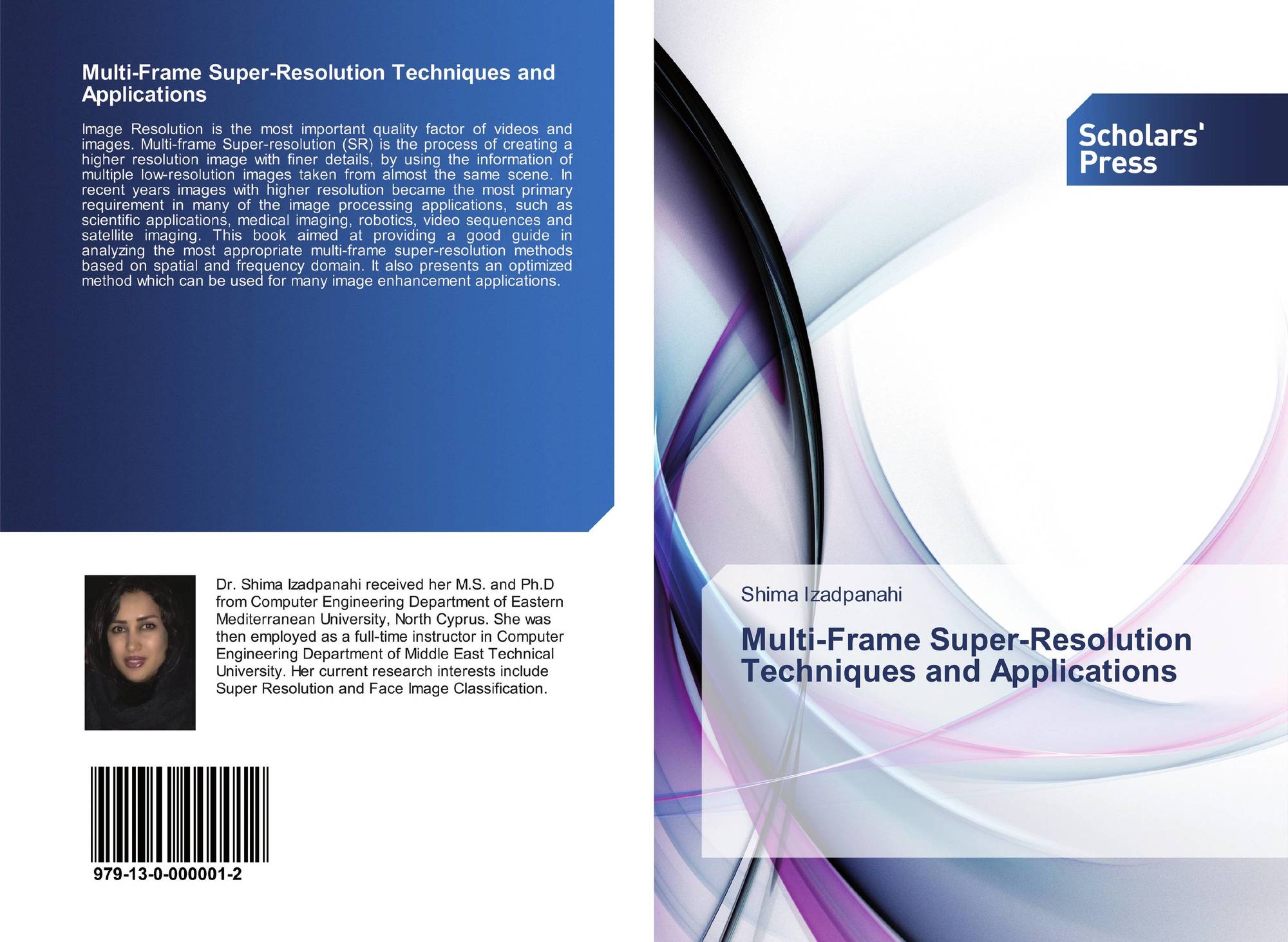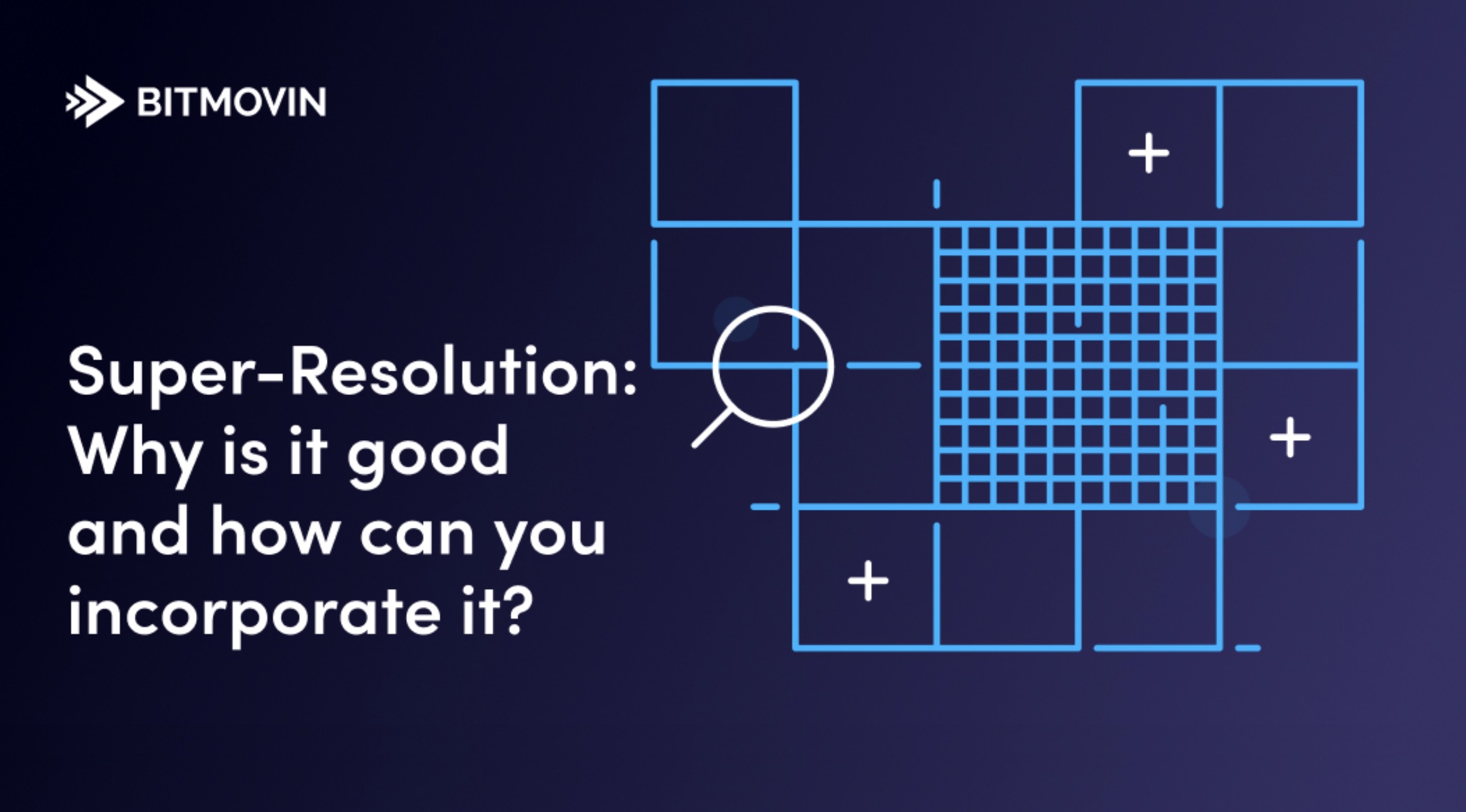

We used 9 nt donor and 10 nt acceptor strands, which have dissociation rates of 1.2 Hz and 0.02 Hz, respectively (Additional file 1: Figure S1). To maintain the photobleaching resistance and high multiplexing capability of DNA-PAINT, both the donor and acceptor strands should be easily replenished with new ones. The docking strand (Docking_P0, Additional file 1) labeled with a biotin at the 5’-end has two docking sites, each of which base-pairs with the donor or acceptor strand. In the scheme of FRET-PAINT, three DNA strands-docking, donor, and acceptor strands-are used (Fig. We first tested the feasibility of FRET-PAINT microscopy using surface-immobilized DNA strands and a total internal reflection fluorescence (TIRF) microscope. In this paper, we demonstrated ~30-fold imaging speed increase of FRET-PAINT compared to DNA-PAINT. Since the acceptor is not directly excited but by FRET, 100 times higher imager (donor and acceptor) concentrations could be used.

For single-molecule localization, FRET signal of the acceptor is used. In this technique that we named FRET-PAINT, the docking strand has two DNA binding sites: one for a donor strand and the other for an acceptor strand. We here developed DNA-PAINT based on FRET (Fluorescence Resonance Energy Transfer ).

In current DNA-PAINT technology, however, the imager concentration cannot be increased more than a few nanomolar because background noise also proportionally increases with the imager concentration. Since the binding rate of the imager strand is proportional to the ‘imager’ concentration, an obvious solution to this problem is to use higher imager concentration. The slow imaging speed of DNA-PAINT is due to slow binding of the imager strand. The imaging speed of DNA-PAINT (1-3 frames per hour), however, is extremely slow compared to those of other super-resolution fluorescence microscopy techniques. Furthermore, DNA-PAINT technique provides more photon numbers than other single-molecule localization techniques, resulting in the best localization precision reported until now. Since photobleached probes are continuously replaced with a new one, fluorescence imaging can be performed without being limited by photobleaching. Recently developed DNA-PAINT (Point Accumulation for Imaging in Nanoscale Topography ) technique has overcome the photobleaching problem by using transient binding of a fluorescently labeled short DNA strand (imager strand) to a docking DNA strand conjugated to target molecules.

Due to these problems, super-resolution fluorescence microscopy in the current form is hard to be directly used to image thick neural tissue samples. Compared to conventional fluorescence microscopy, super-resolution fluorescence microscopy techniques usually suffer from aggravated photobleaching and slowed-down imaging speed. The achievement, however, was not obtained without sacrifice. Furthermore, it takes huge amount of time to reconstruct a three-dimensional neural connection map from two-dimensional gray-scale image stacks of electron micrographs.ĭevelopment of super-resolution fluorescence microscopy has opened a way to study neural structures without being limited by optical diffraction. It does not provide clear pictures of gap junctions, and cannot distinguish whether a chemical synapse is excitatory or inhibitory.
#Super resolution techniques serial
Serial section electron microscopy, the sole method that is currently available to image neural connectivity with high resolution, is too laborious and error-prone. Imaging of neural connectivity is challenging because the subcellular structures critical for neural communication-the axon, presynaptic active zone, synaptic cleft, postsynaptic density, and gap junction-are all in tens of nanometers in scale.


 0 kommentar(er)
0 kommentar(er)
